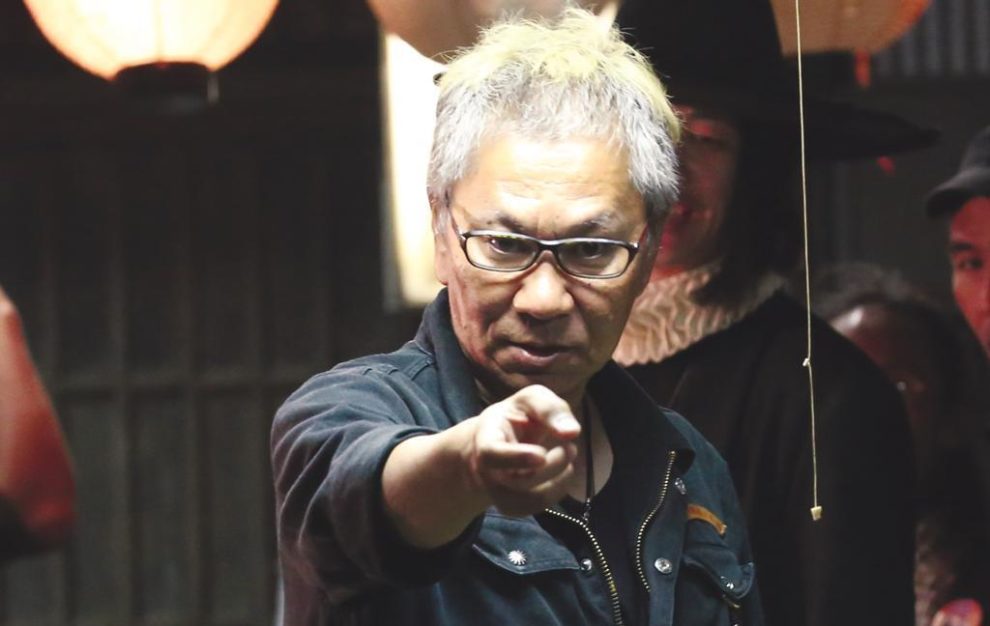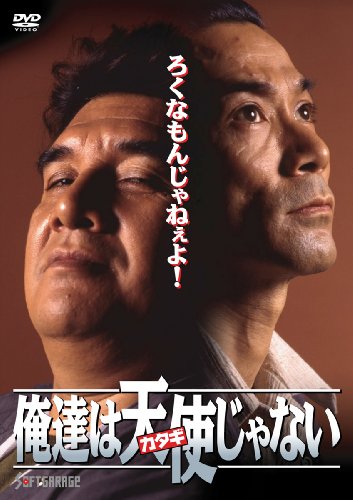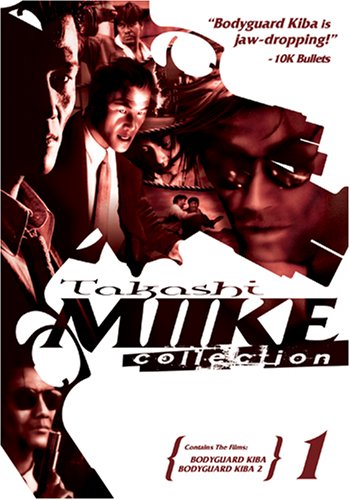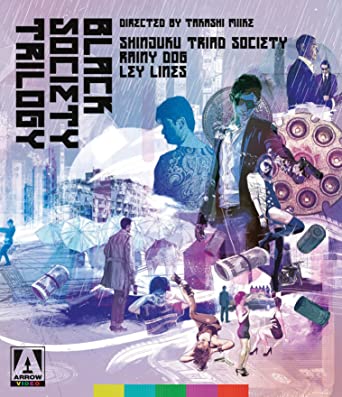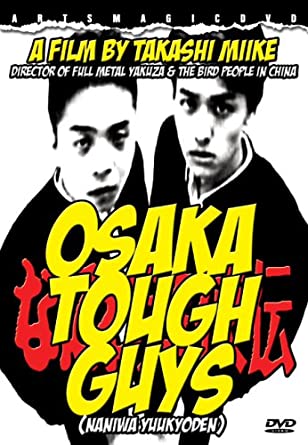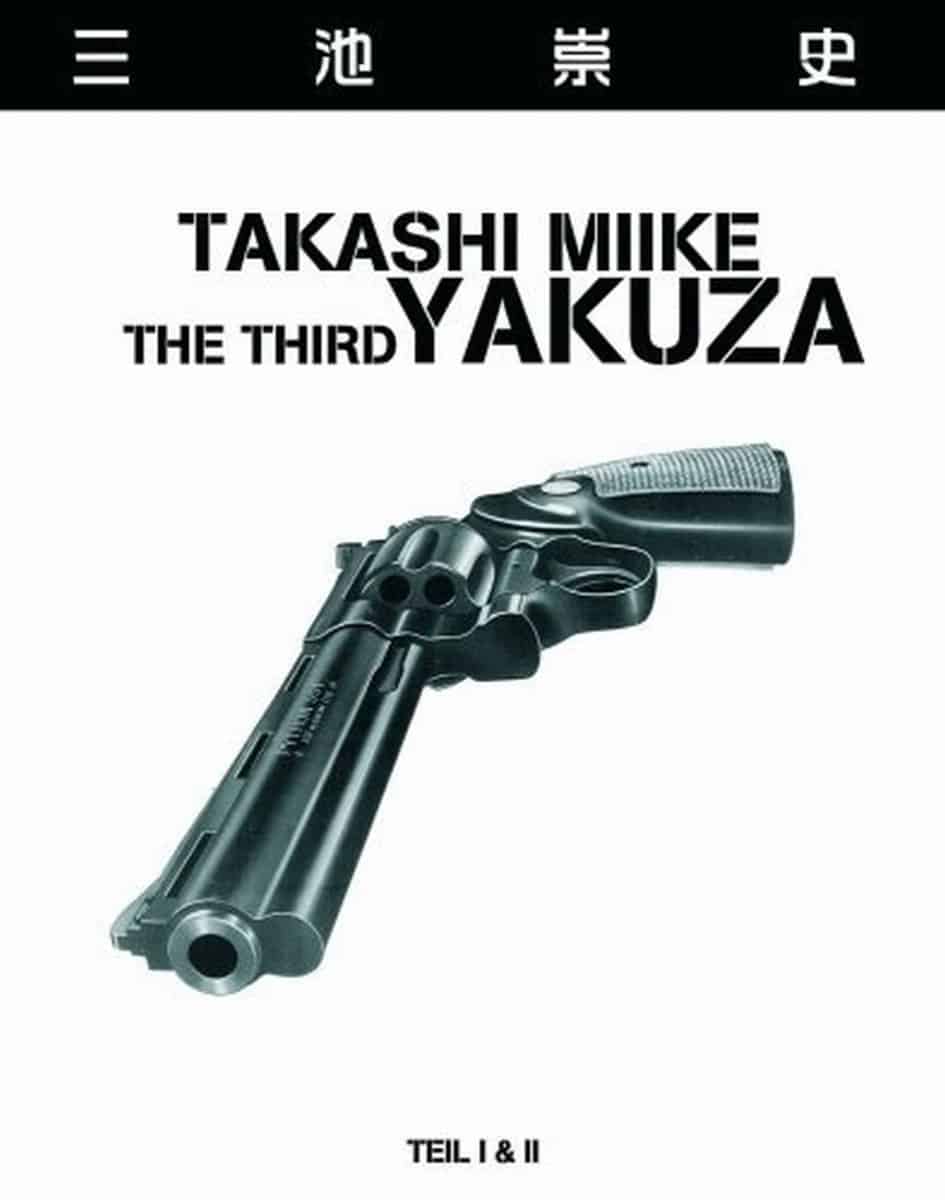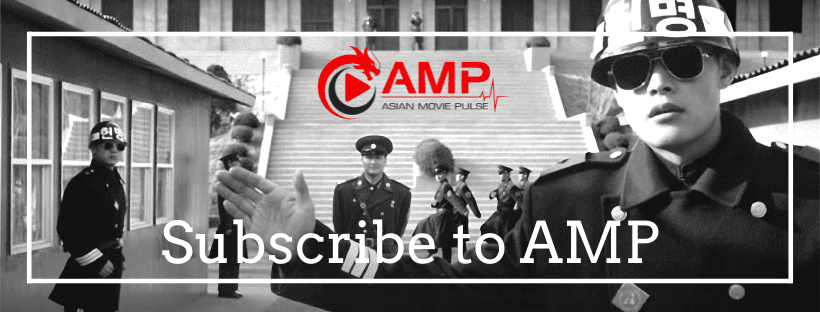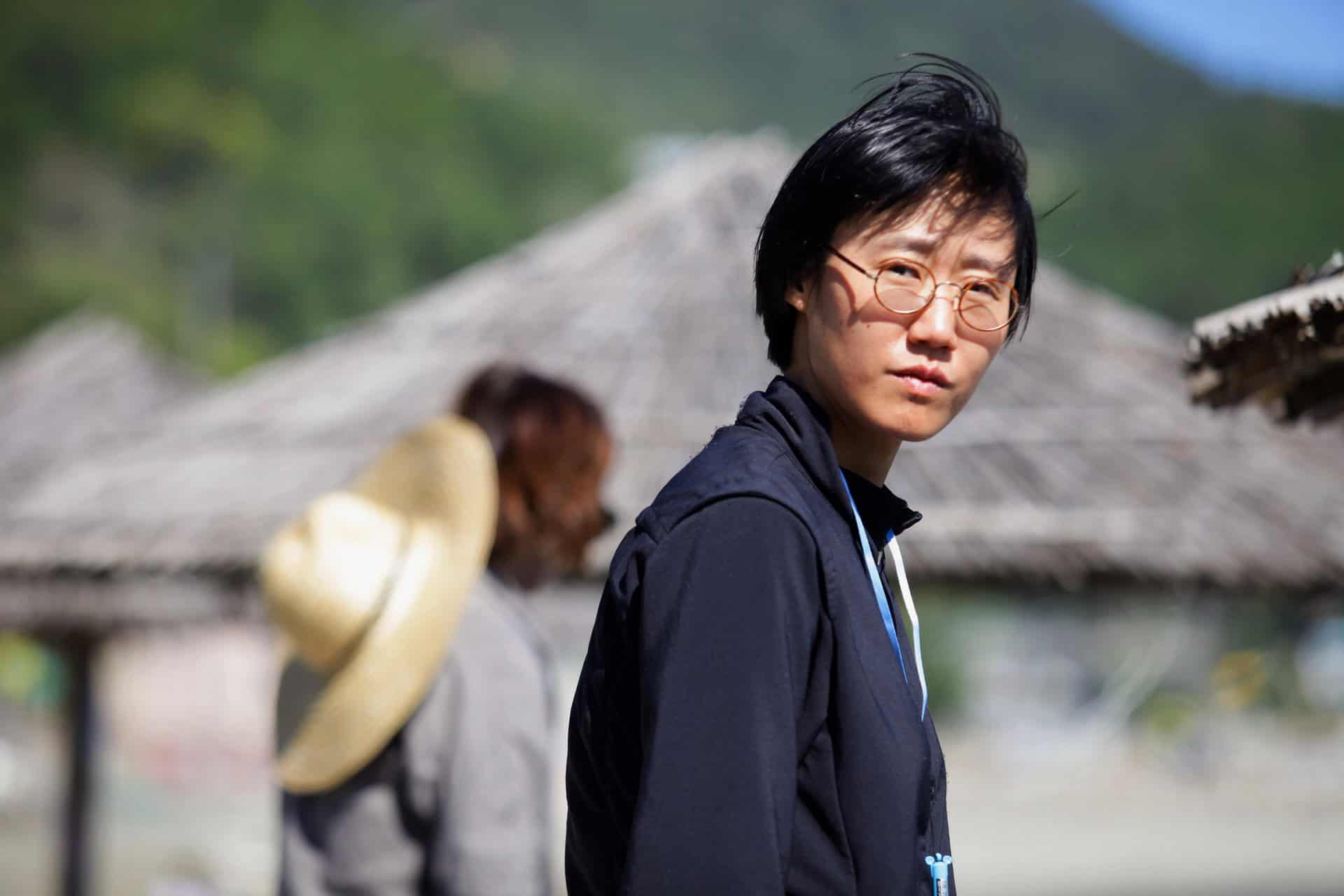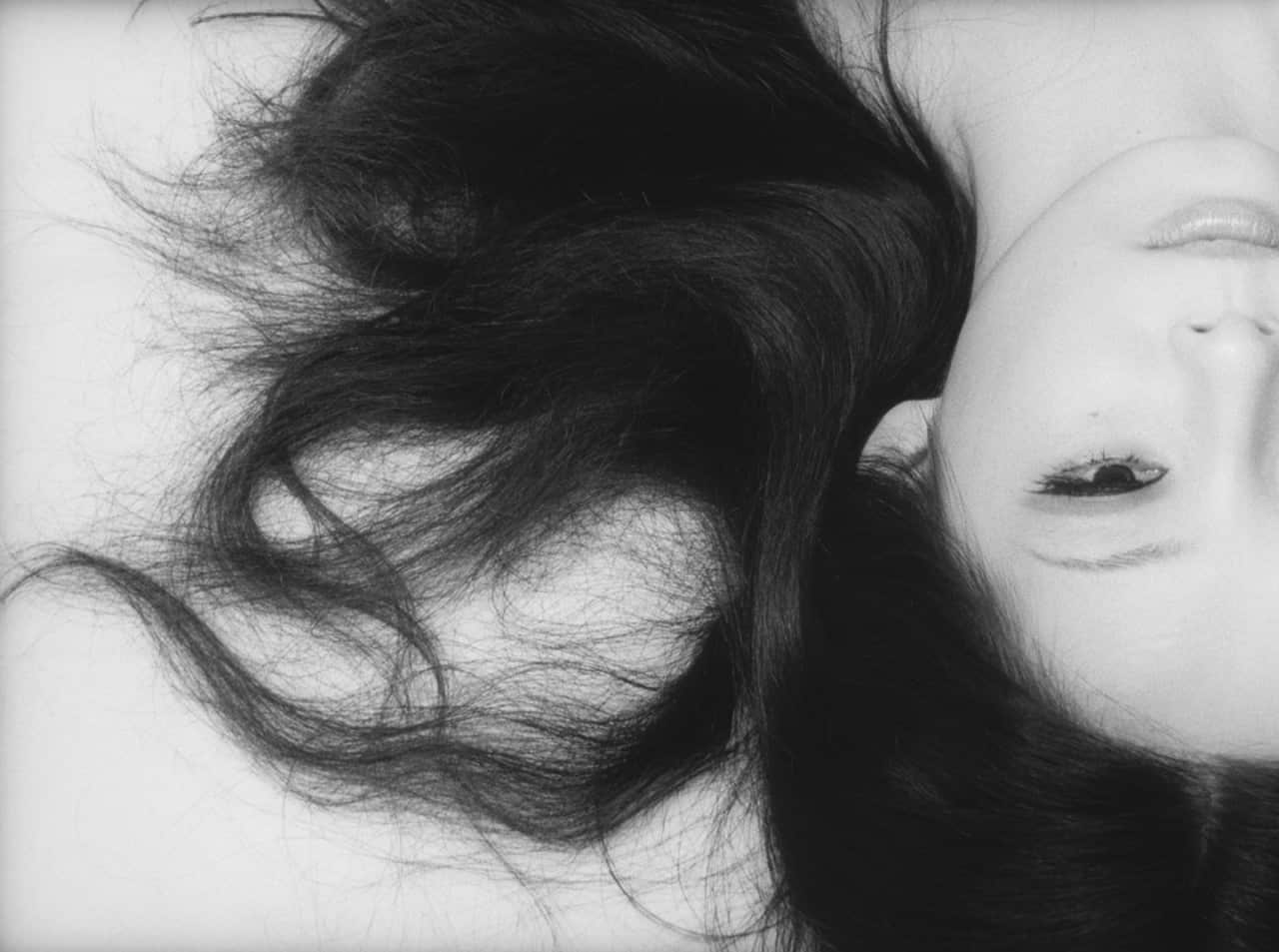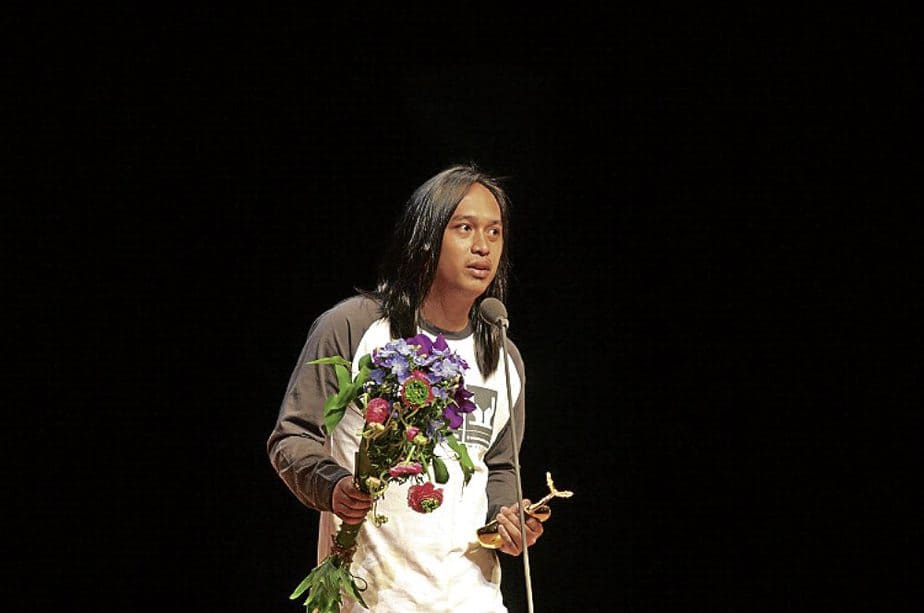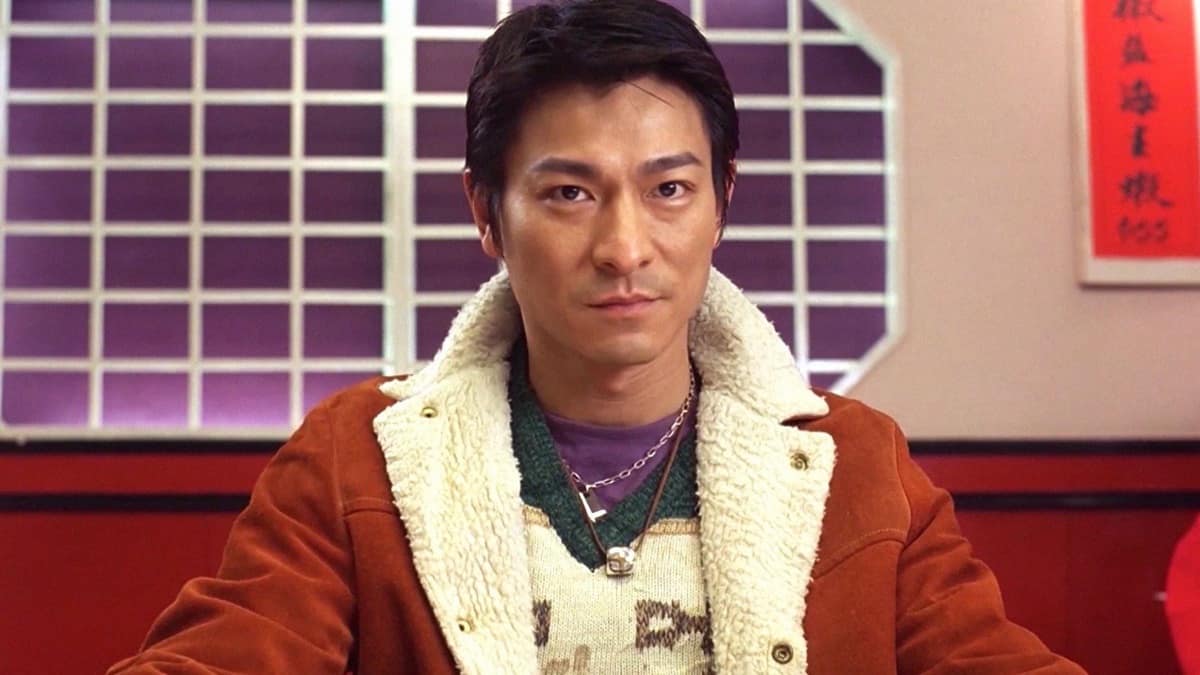As we have reviewed 102 of the 111 works of Takashi Miike, we thought it was about time to publish a list about our collective work, while we continue searching for the rest.
The list was derived from IMDB with some corrections when needed. You can check where to buy the movies by clicking on the images of the DVDs, where applicable (most are, although sometimes with no English subs). You can follow the project here
1. Ambition without Honor (1986)

Noticeably early in its straightforward approach to the subject matter, “Ambition Without Honour” is one of the most predictable films directed by the Japanese master. Written by Muneo Kishi who also stands behind the script for the sequel, the story of the film is a simple account of a naïve, and slightly dumb youth's wish to become a yakuza at any cost. (Marina Richter)
2. Lady Hunter: Prelude to Murder (1991)
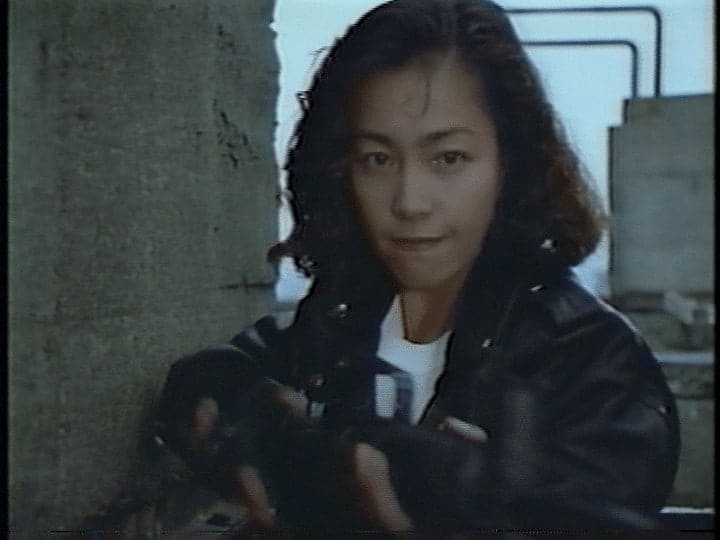
Even though the script lacks coherence and consistency, the movie is mostly entertaining. It has all the ingredients of a good 1980s'-1990s' action flick: the good and the bad guys are clearly defined, there are guns, knives, fist fights, artisanal bombs, car chase, leather jackets, sunglasses and intense looks. “Lady Hunter” is worth watching for Takashi Miike's fans, as a better way to understand his style, to observe his evolution and to return to the filmmaker's roots. Nevertheless, it is not recommended as an introduction to the Japanese director. (Oriana Virone)
3. Eyecatch Junction (1991)

There have been worse debut film releases than this. Miike's preference for weirdness and extremeness are already discernible but hidden underneath a layer of foolery. “Eyecatch Junction” isn't for everyone, though. I would recommend it to anime lovers and people with a passion for dark humor. (Alexander Knoth)

4. A Human Murder Weapon (1992)

The rest of the film's aspects, from the acting to the cinematography, the editing, and the truly bad sound suffer much from the lack of budget, to the points that some parts border on being ridiculous, like the lack of people in the audience and the SFX. On the other hand, the whole tournament part seems to work somehow, in unintended slapstick fashion, and in the end, “A Human Murder Weapon” manages to offer some entertainment, at least to those who do not mind low budgets and incoherence. Personally, I did not mind it, which cannot be said for a number of Miike-Maki collaborations. (Panos Kotzathanasis)
5. Last Run: 100 Million Yen's Worth of Love and Betrayal (1992)
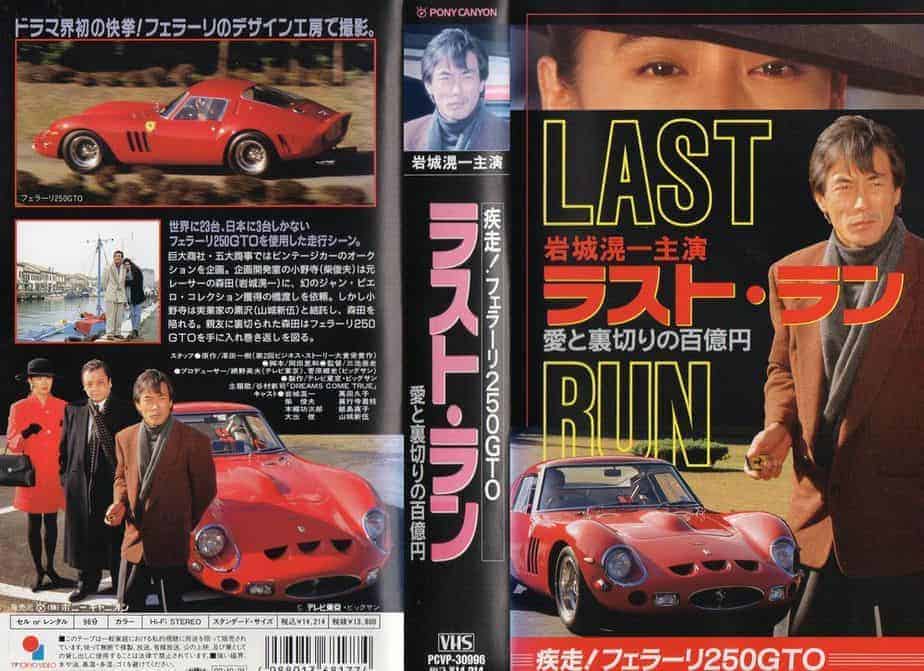
Apart from its biographic value, “Last Run” does not have much to offer as a film, with the story being filled with cheesy clichés and an overall atmosphere that would be called cinematic with great difficulty, with the film's only appeals being that it was shot in Italy with actual Ferraris, and the few socioeconomical comments. (Panos Kotzathanasis)
6. Oretachi Wa Tenshi Ja Nai (1993)
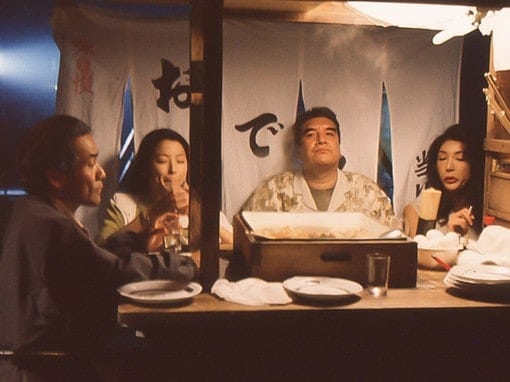
Evidently, “Oretachi Wa Tenshi Ja Na” is not among Miike's best works, and the story is hyperbolic. However, it is quite entertaining, and in terms of production, relatively accomplished, with the combination resulting in one of the most watchable early efforts of the prolific Japanese director. (Panos Kotzathanasis)
Buy This Title
on Amazon by clicking on the image below
7. Oretachi Wa Tenshi Ja Nai 2 (1993)

A couple of slapstick and crude jokes, like the one with the elderly man urinating on Jo, the unfolding of a rather wide roll of paper, and the whole appearance of the Angels with the ridiculous hats, may bring a bit of grinning on the viewer, but that's about it, even regarding the humor in the movie. Not much more to say, “Oretachi Wa Tenshi Ja Nai 2” is one of the most forgettable entries in Miike's vast filmography and an effort only addressed to hard-core fans. (Panos Kotzathanasis)
8. Bodyguard Kiba (1993)
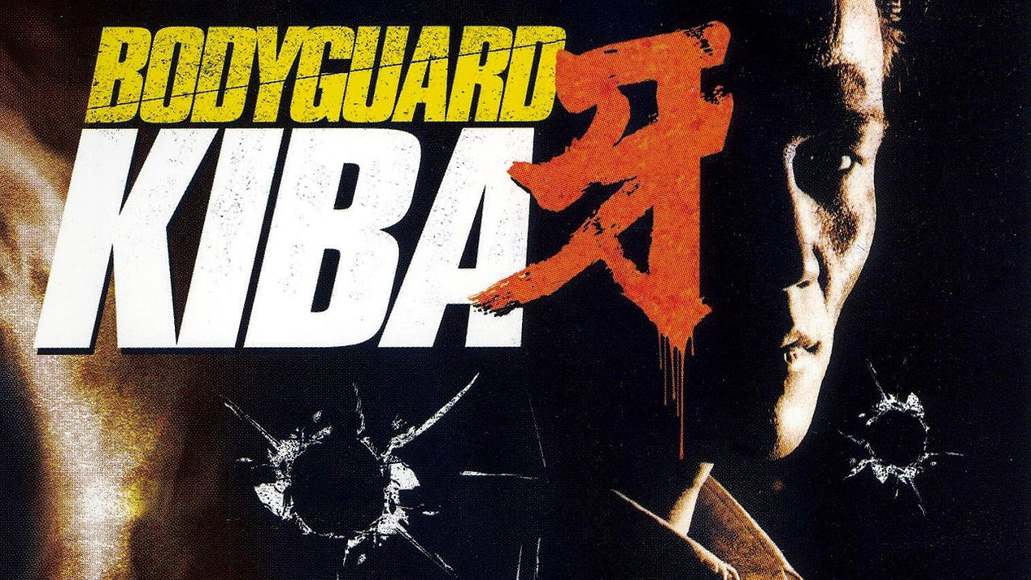
The shots were surprisingly good. Especially the scenes shot on board the ferry are very impressive and are among my favorite Miike sequences. In these scenes, the film establishes the subplot of male bonding between Junpei and Kiba. The story, which is also a story about betrayal, puts the two men into a relationship not only based on money but on brotherhood. So all in all the movie is fairly entertaining and its characters are able to add dramatic weight to the story. Miike shot two sequels of “Bodyguard Kiba” in the following years, proving his status of being a filmmaking machine once more. (Alexander Knoth)
Buy This Title
on Amazon by clicking on the image below
9. Bodyguard Kiba 2 – Apocalypse of Carnage (1994)

All in all “Bodyguard Kiba 2: Apocalypse of Carnage” is a light version of the first part of the series. It compresses the story to the bare necessities, but is also able to present some nice cinematography, which is even better than in “Bodyguard Kiba 1”. By telling the story of Kiba's dojo, Miike continues his tribute to classic Hong Kong Martial Arts cinema. If one blinds out the weak spots of the script and consider every sequence as an own entity, one will find a solid piece of art, that has to be viewed by its own standards to be appreciated. (Alexander Knoth)
Buy This Title
on Amazon by clicking on the image below
10. Shinjuku Outlaw (1994)
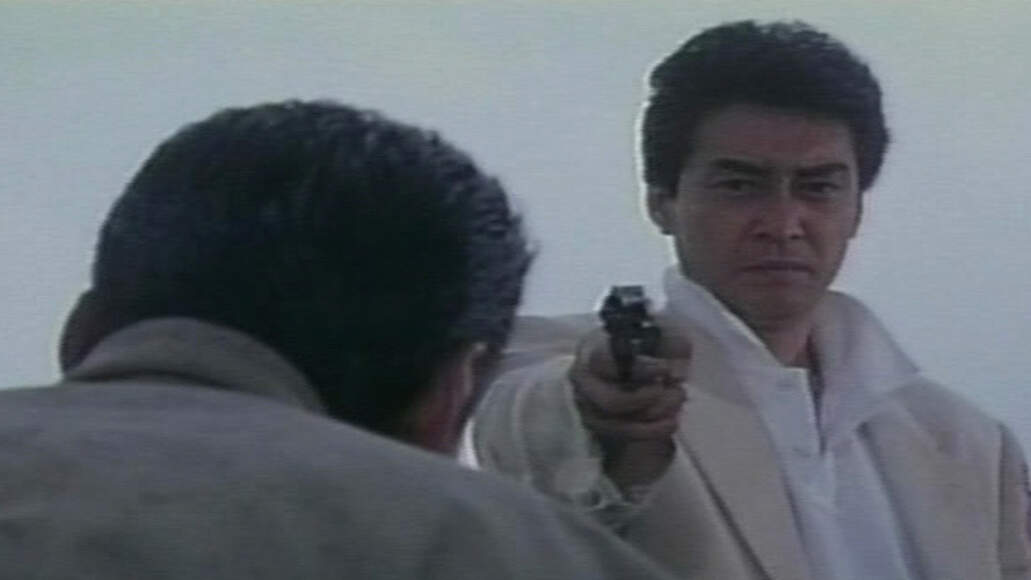
“Shinjuku Outlaw” is a deceptively ordinary Miike film. It's one of Miike's numerous V-Cinema (straight to video) entries that deals its cards fast and dirty. The low production value doesn't stop the film from being an engaging viewing experience all the way through, as it manages to balance the numerous (ultra)violent action scenes with several more lyrical subplots – the duplicitous relation with Eto, the aspiration for a more tranquil life (even moment by moment) with the Taiwanese call girl (Ruby Moreno), or the world-weary two-faced cop Tagami (Kiyoshi Nakajo), who knows he's way too deep in the game now to be able to turn back. And there is an undeniable melancholic-tragic streak in Yomi that, paired with Watanabe's rock-like delivery, paints a really charismatic central figure. (Tristan Priimagi)
Buy This Title
on Amazon by clicking on the image below
11. Bodyguard Kiba – Apocalypse of Carnage 2 (1995)
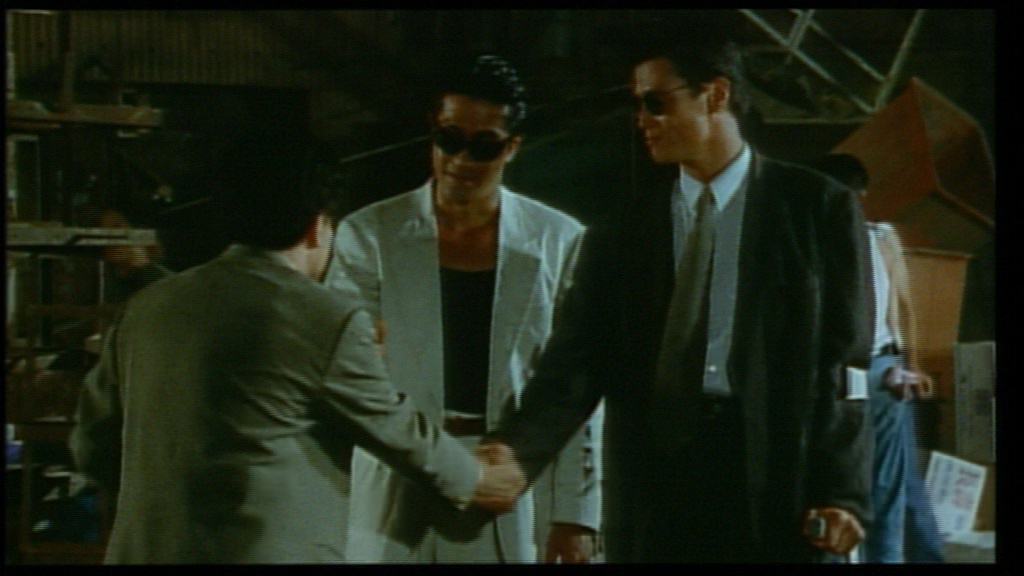
“Bodyguard Kiba 3” is probably the worst cooperation between Miike and Maki. It is a 74-minute disaster and a bad example of how not to work with foreign actors. The final part makes you appreciate the first two films and proves that no matter how low you think the bar was set, there is always a chance that someone or something can underbid that level. Dear die-hard Takashi Miike fan, please skip this one. (Alexander Knoth)
12. Shinjuku Triad Society (1995)

“Shinjuku Triad Society” was Miike's first film made intentionally for theatrical release, instead of just the latest in his line of V-Cinema outputs. Clearly, the work he had put out was deemed acceptable enough to get a wider, theatrical release by distributors in Japan, and thus becoming a step-up in Miike's career. (Andrew Thayne)
Buy This Title
on Amazon by clicking on the image below
13. Osaka Tough Guys (1995)

“Osaka Tough Guys” turns out to be one of Takashi Miike's most essential works before being known as the great Takashi Miike. His absurd humor worthy of Stephen Chow's films makes it a most enjoyable and entertaining journey with the most amusing “Terminator 2” homage included; pay attention to it, you will never forget it. (Pedro Morata)
Buy This Title
on Amazon by clicking on the image below
14. Fudoh: The New Generation (1996)
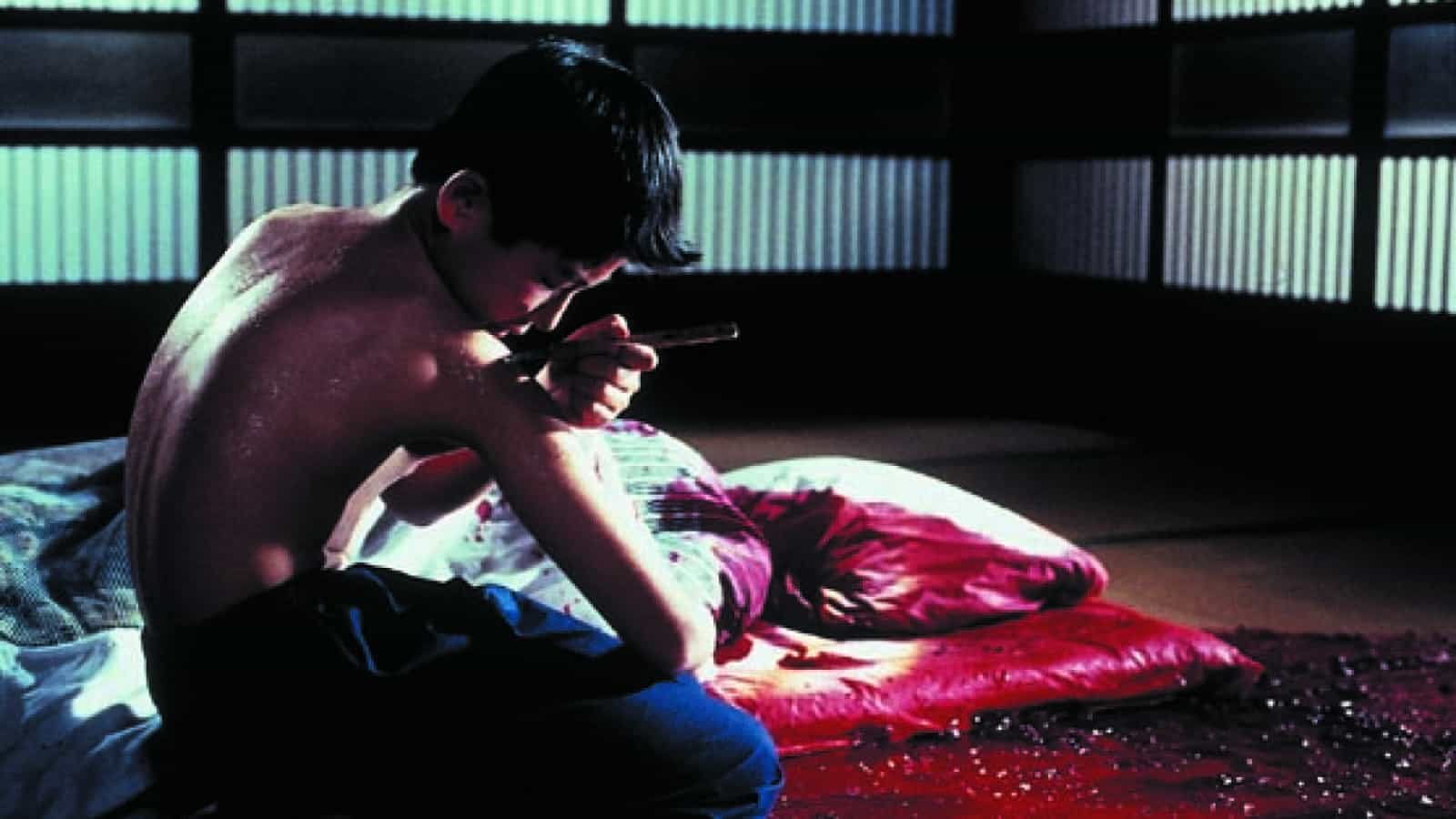
With the film being an earlier production of Miike's work, and one of his first Manga adaptations, “Fudoh” does showcase the directors talent to adapt a story and turn it into a spectacle worthy of cult status. Given the success of Miike's work in later years among international audiences, the budget does reveal itself, as the gore effects are more simplistic compared to some of his later work However, this simplicity adds some charm, giving the film a less glossy, more exploitative feeling to it. The final visuals are also marred by budget as the clarity, ratio, and film quality feels dated. However, comparing “Fudoh” to the bulk of Miike's filmography, it still stands as a great example of the director's visual style. (Adam Symchuk)
Buy This Title
on Amazon by clicking on the image below
15-16. The Third Gangster Part 1 & 2 (1996)

At its core, “The Third Yakuza” is a movie about the paradox of an organization like the yakuza and the principle of chivalry, which Masaki would like to re-invigorate among the Hattori family. Sitting in his luxurious apartment and looking down on the quiet streets of the Japanese capital, he somehow feels the need to come back to these ideals, an idea so deeply flawed and naive it has to fail. Interestingly, screenwriters Shinsuke Inoue and Kazuhiko Murakami combine the fictional narrative to a real event, in this case the earthquake in the Kobe region in the 1990s, showing how gangs as well as other lowlifes exploit the misery and suffering of others. Even though Masaki and some of his loyal followers try and fight these attacks, they soon find out how deeply rooted this despicable savagery truly is among their organization, as well as society itself. (Rouven Linnarz)
Buy This Title
on Amazon by clicking on the image below
17. The Way To Fight (1996)

This action-packed film could have been shorter, with the script more swiftly abridged, and with the performance by Kyosuke Yabe as the air-headed Kazuyoshi slightly less over the top. But all in all, it is one of the most accomplished works by Takashi Miike from the 1990s, and the understanding the cinematographer Hideo Yamamoto shows for the unattractive industrial landscapes and depressing workers' milieu, gets beautifully captured in dusty colours. (Marina Richter)
Buy This Title
on Amazon by clicking on the image below
18. Peanuts (1996)

“Peanuts” includes all the issues the first years of Miike's career suffered from, mostly deriving from lousy scripts and lack of funding, but I feel that among these productions, it is one of the best, particularly because some glimpses to his later style and overall prowess are evident in the movie. (Panos Kotzathanasis)
Buy This Title
on Amazon by clicking on the image below
19. Rainy Dog (1997)

The film is a fine example of a simple story done incredibly well. The believable performances help to draw you in to this man's story of redemption and finding a purpose in his life beyond crime. Visually stunning and emotionally charged, this is an exceptional crime drama that touches on themes of loneliness, family and the cruelty of life. With this follow up to “Shinjuku Triad Society” Takashi Miike once again shows that he has a great affinity for stories of downtrodden or pitiable characters. It is much less flashy or eccentric than many of his other films, and lacks some of the more extreme elements of sex and violence, but is an incredibly moving portrayal of a man battling his demons and attempting to survive in a sinful world. (Matthew Cooper)
Buy This Title
on Amazon by clicking on the image below
20. Full Metal Yakuza (1997)

“Full Metal Yakuza” is on the surface as rather exploitative, violent yakuza film mixed with science fiction. On the other hand, it is another evidence of the creativity of Miike as a director in terms of narration, characterization as well as the technological aspects of the medium. Many of these features would develop further with films like “Ichi-The Killer”, “Visitor Q” and “Audition” being superior exercises in many of the aspects Miike already uses here. Sure, some of the thoughts and ideas Miike used in the film do not play out as they should, but in the end he has the bravery to stick with them, let them happen in order to penetrate the brain of the viewer, attack him/her if necessary. (Rouven Linnarz)


